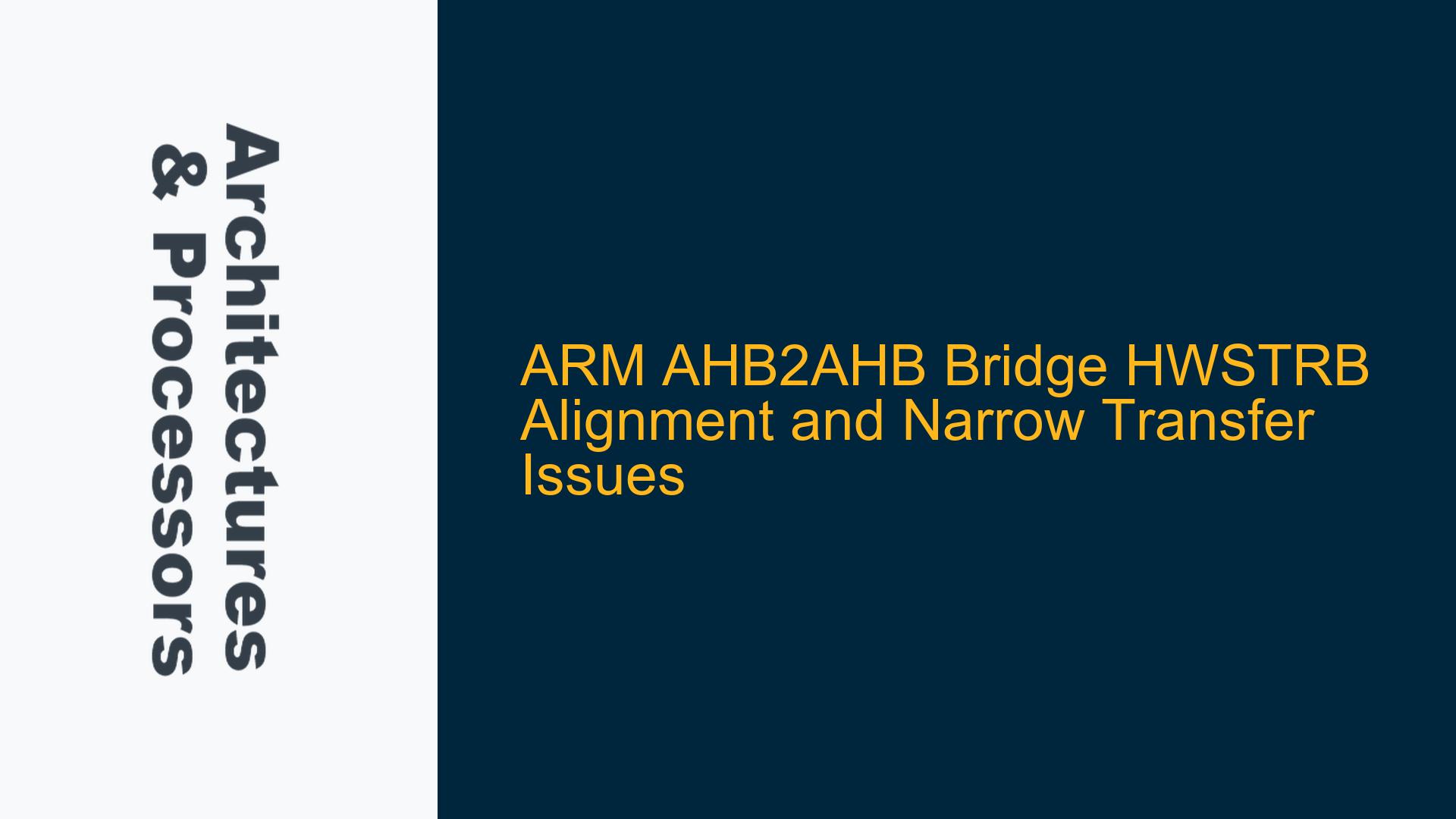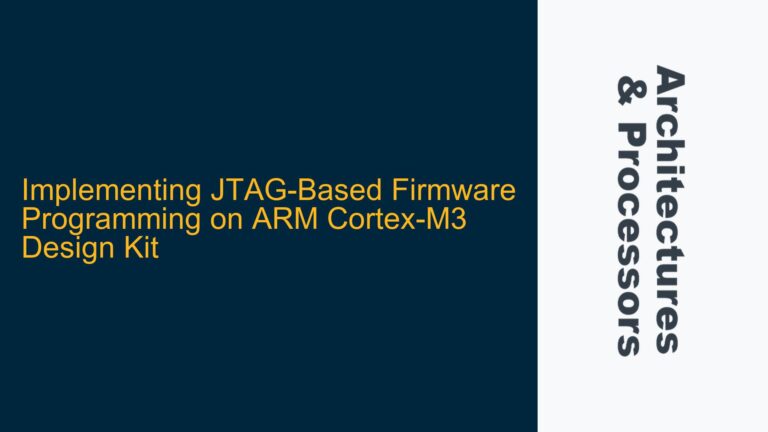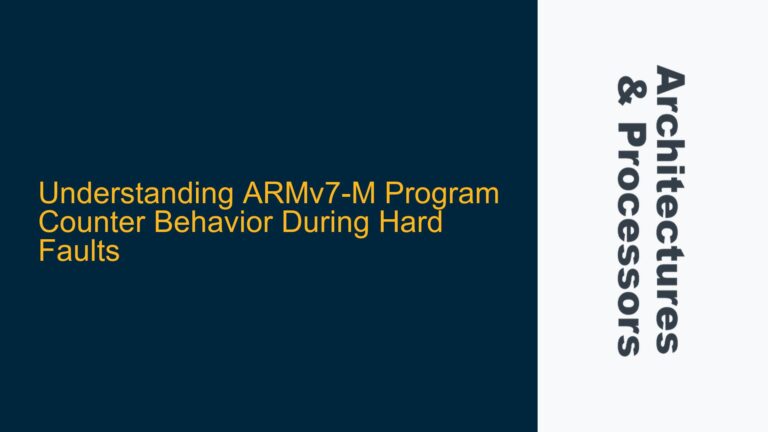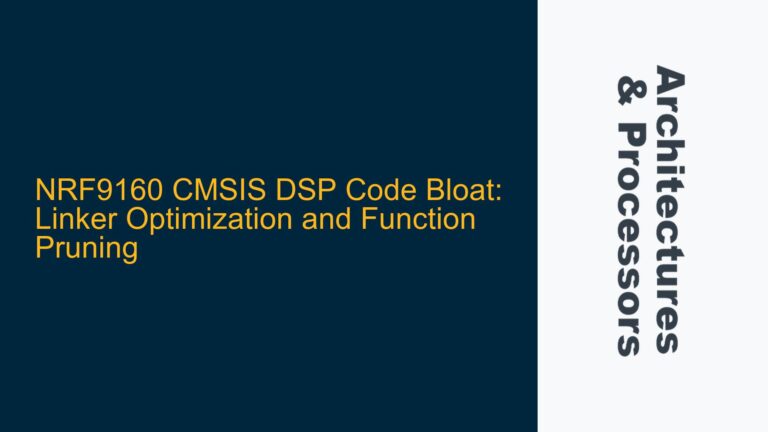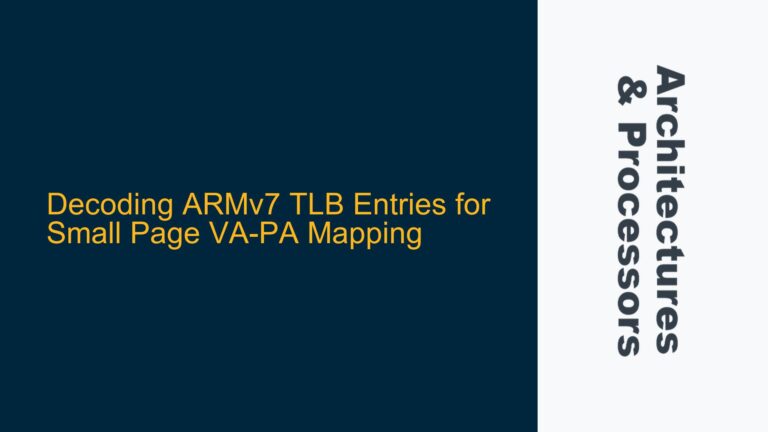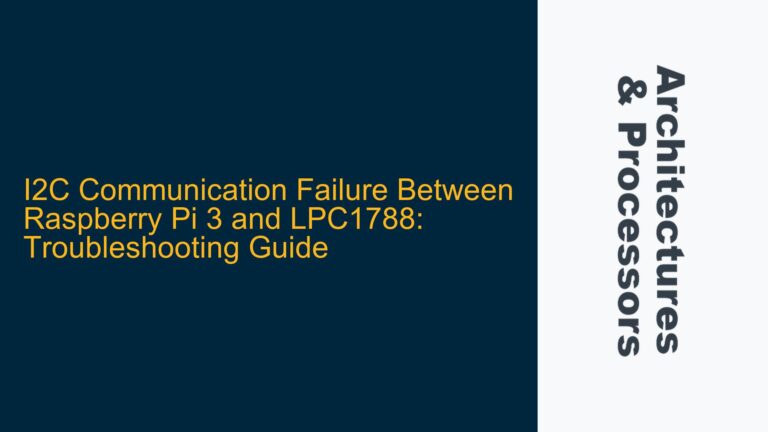AHB2AHB Bridge HWSTRB Behavior During Narrow Transfers
The AHB2AHB bridge is a critical component in ARM-based systems, facilitating communication between Advanced High-performance Bus (AHB) masters and slaves with different data widths. A common issue arises when a 32-bit AHB master communicates with a 16-bit AHB slave, particularly during narrow transfers where the HWSTRB (write strobe) signals do not align as expected with the HADDR (address) and HSIZE (transfer size) signals. This misalignment can lead to incorrect data being written to the slave device, especially in byte-addressable memory systems.
In the scenario described, a 32-bit AHB master initiates a burst incremental transfer of four 32-bit words to a 16-bit AHB slave. The master’s HWSTRB signals are not consistently aligned with the slave’s expected byte lanes, resulting in unexpected data truncation or padding. For example, at address 0x03, the master sends a 32-bit word with HWSTRB=0010, but the slave only receives the upper 16 bits (24:31) of the data, with the remaining bits zeroed out. This behavior raises questions about the interpretation of HWSTRB signals during narrow transfers and whether they should strictly follow HSIZE and HADDR for byte-addressable memory devices.
The AHB5 protocol specifies that HWSTRB bits for inactive byte lanes can be either high or low, but this leniency can lead to ambiguity in narrow transfer scenarios. The protocol also states that HADDR and HSIZE determine which byte lanes are valid, but the exact relationship between these signals and HWSTRB during narrow transfers is not always clear. This ambiguity can cause verification challenges, particularly when ensuring that data is correctly written to individual byte locations in a byte-addressable memory device.
HWSTRB Misalignment Due to HADDR and HSIZE Mismatch
The root cause of the HWSTRB misalignment issue lies in the mismatch between the master’s and slave’s data widths, combined with the interpretation of HADDR and HSIZE signals. When a 32-bit master communicates with a 16-bit slave, the bridge must handle data width conversion, which involves splitting the master’s 32-bit transfers into two 16-bit transfers for the slave. However, the HWSTRB signals generated by the master may not directly map to the slave’s byte lanes, especially when the master’s HSIZE and HADDR do not align with the slave’s expected byte lanes.
For example, in the given scenario, the master sends four 32-bit words with the following HWSTRB values:
- HADDR=0x00, HWSTRB=0001
- HADDR=0x01, HWSTRB=0100
- HADDR=0x02, HWSTRB=0001
- HADDR=0x03, HWSTRB=0010
The slave, however, expects 16-bit transfers with HWSTRB values that align with its byte lanes. The bridge must translate the master’s HWSTRB signals into the slave’s expected format, but this translation is not straightforward due to the differences in data width and the interpretation of HSIZE and HADDR.
The AHB5 protocol allows HWSTRB bits for inactive byte lanes to be high or low, but this flexibility can lead to inconsistencies during narrow transfers. In the scenario described, the master’s HWSTRB signals do not consistently align with the slave’s expected byte lanes, resulting in data being written to incorrect locations or being truncated. This issue is exacerbated when the master’s HSIZE and HADDR do not match the slave’s expected byte lanes, leading to further misalignment.
Correcting HWSTRB Alignment Through Protocol-Compliant Translation
To resolve the HWSTRB misalignment issue, the AHB2AHB bridge must implement a protocol-compliant translation mechanism that ensures the master’s HWSTRB signals are correctly mapped to the slave’s byte lanes. This translation should take into account the differences in data width between the master and slave, as well as the interpretation of HSIZE and HADDR signals.
The first step in correcting HWSTRB alignment is to ensure that the master’s HWSTRB signals are generated in accordance with the AHB5 protocol. Specifically, the HWSTRB signals should be aligned with the master’s HSIZE and HADDR, indicating which byte lanes contain valid data. For example, in a byte-wide transfer sequence, the HWSTRB signals should be as follows:
- HADDR=0x00, HWSTRB=0001
- HADDR=0x01, HWSTRB=0010
- HADDR=0x02, HWSTRB=0100
- HADDR=0x03, HWSTRB=1000
The bridge must then translate these HWSTRB signals into the slave’s expected format, taking into account the slave’s data width. For a 16-bit slave, the bridge should split the master’s 32-bit transfers into two 16-bit transfers, with the HWSTRB signals adjusted accordingly. For example, the master’s HWSTRB=0001 at HADDR=0x00 should be translated into HWSTRB=01 for the slave’s first 16-bit transfer, and HWSTRB=00 for the second transfer.
To ensure that the translation is accurate, the bridge must also consider the slave’s byte-addressable memory layout. In a byte-addressable memory system, each byte has a unique address, and the HWSTRB signals must align with these addresses to ensure that data is written to the correct locations. The bridge should use the slave’s HADDR and HSIZE signals to determine which byte lanes are valid, and adjust the HWSTRB signals accordingly.
In addition to protocol-compliant translation, the bridge should also implement error-checking mechanisms to detect and handle any inconsistencies in the HWSTRB signals. For example, if the master’s HWSTRB signals do not align with the slave’s expected byte lanes, the bridge should generate an error signal and halt the transfer until the issue is resolved. This ensures that data integrity is maintained and that incorrect data is not written to the slave device.
Finally, the bridge should be thoroughly verified to ensure that it correctly handles narrow transfers and HWSTRB alignment. This verification should include test cases that cover a wide range of scenarios, including different data widths, transfer sizes, and address alignments. By thoroughly testing the bridge, designers can ensure that it operates correctly in all scenarios and that data is correctly written to the slave device.
In conclusion, the HWSTRB misalignment issue in the AHB2AHB bridge can be resolved through protocol-compliant translation, error-checking mechanisms, and thorough verification. By ensuring that the bridge correctly handles narrow transfers and aligns the HWSTRB signals with the slave’s byte lanes, designers can avoid data corruption and ensure reliable communication between the master and slave devices.
